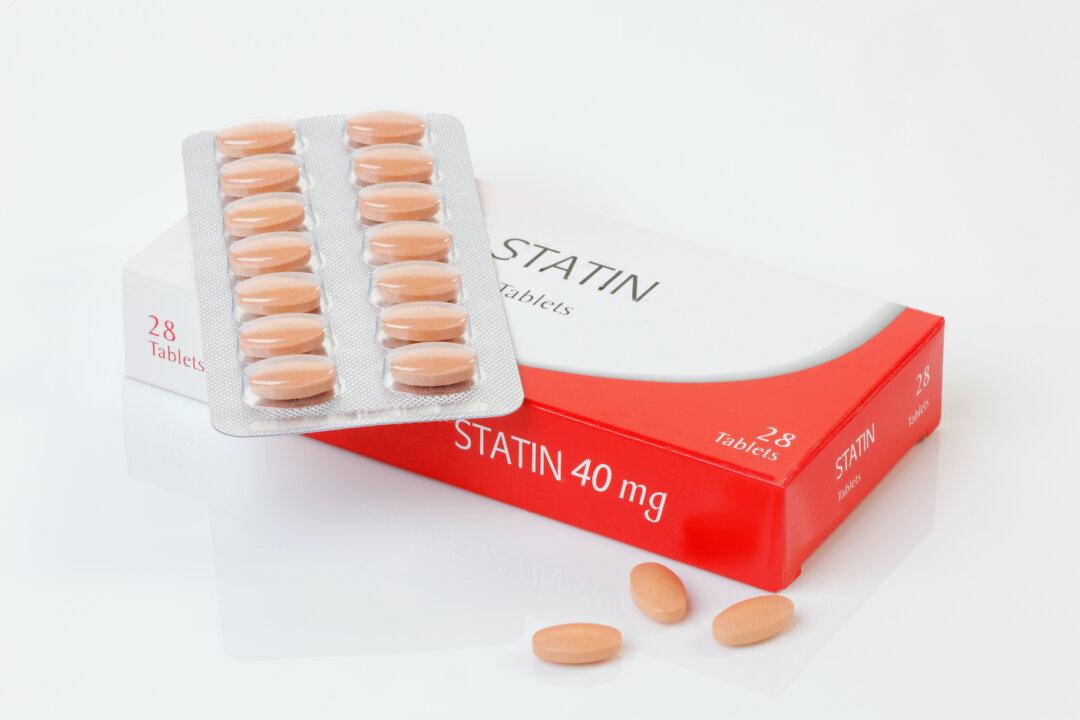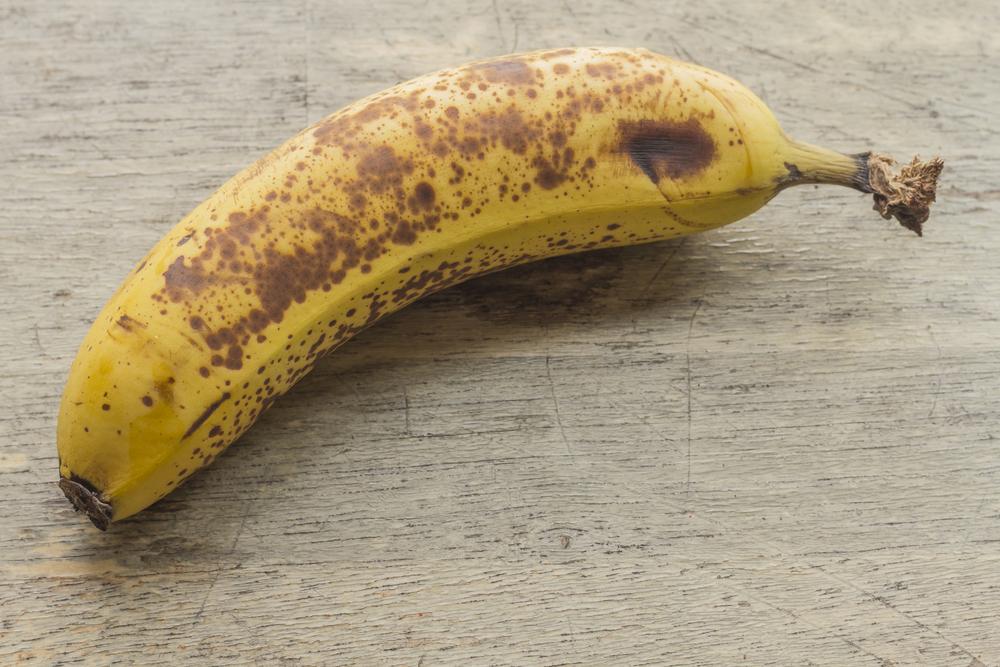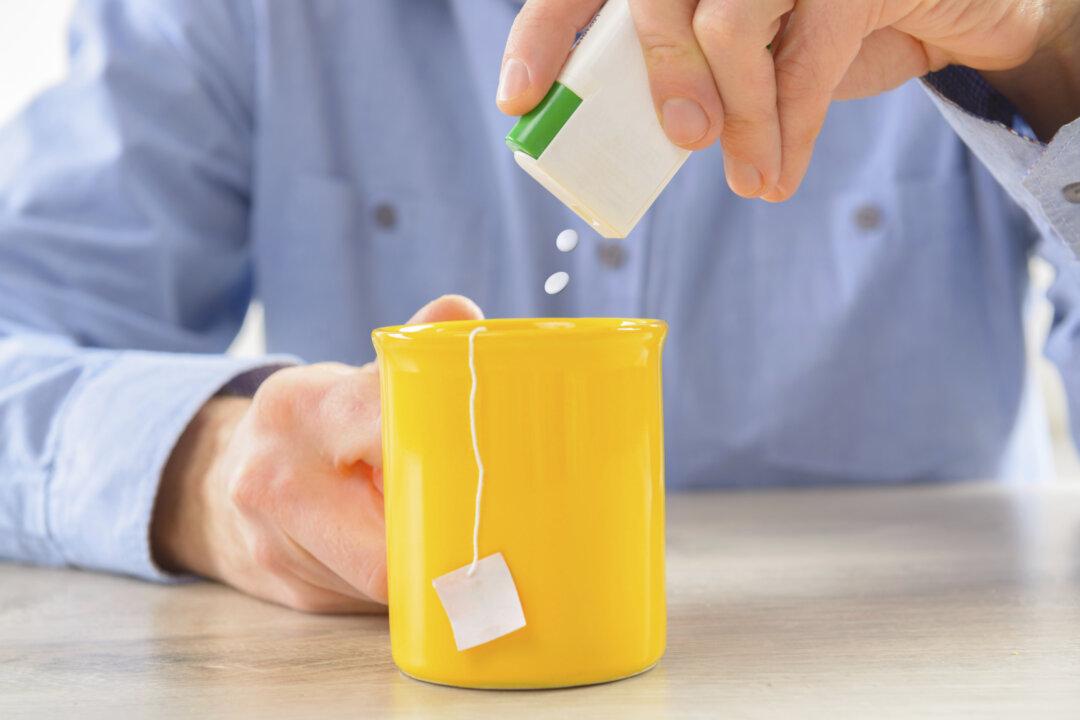The three greatest distinctions between plants and animals are that animals have a nervous system, mobility, and cholesterol.
In recent years, the pharmaceutical industry has painted cholesterol as the root of all evil, saying that if your cholesterol is anywhere higher than a certain level, then you’re in great danger and must take X number of precautions and Y number of drugs.







